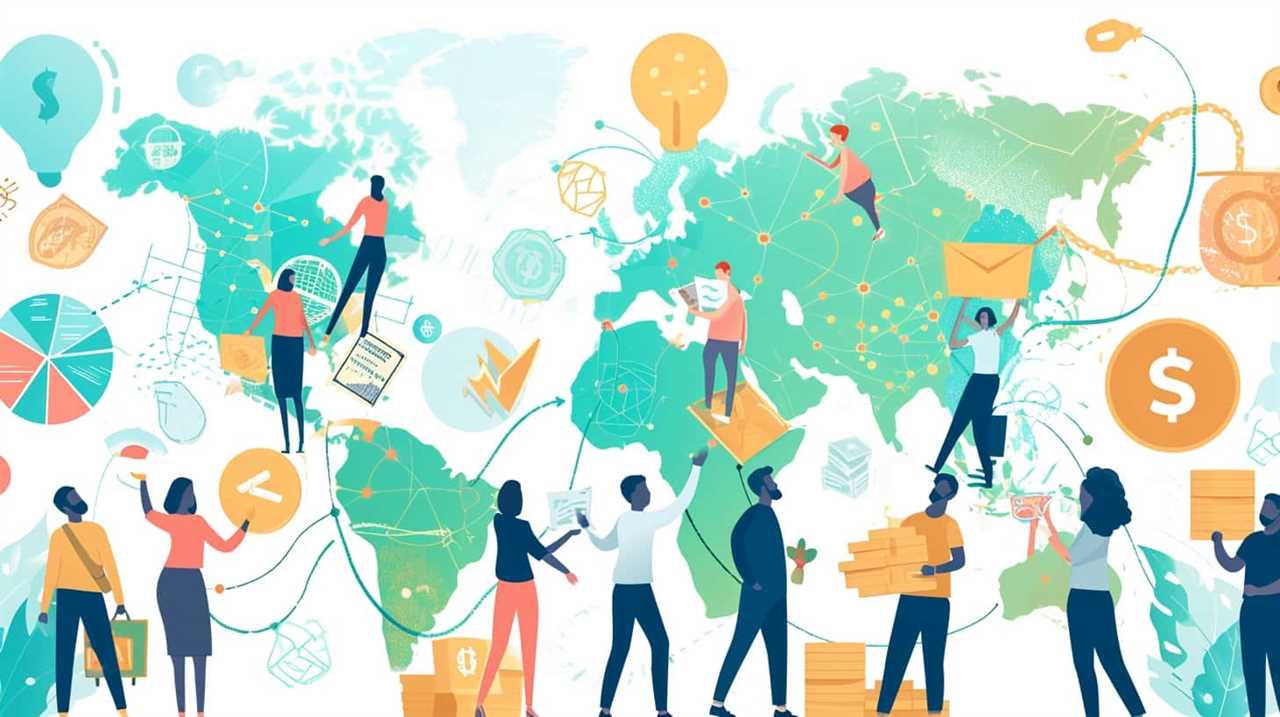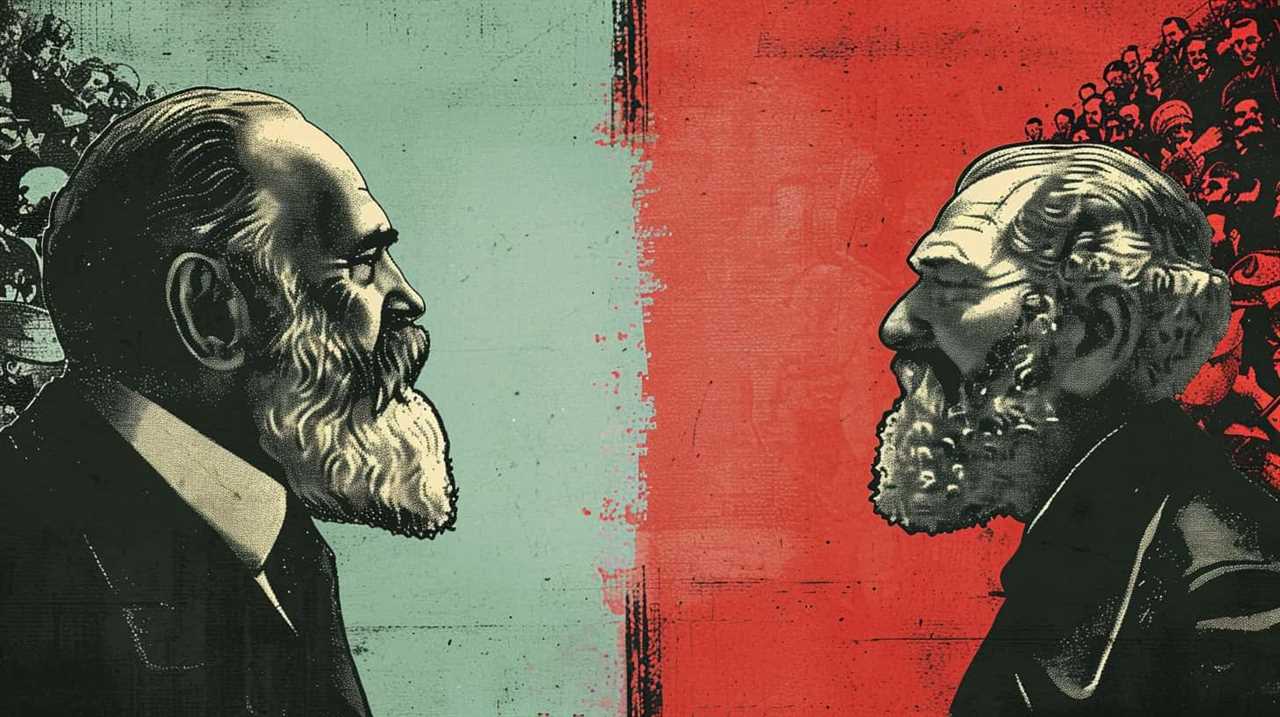Welcome to our guide, as we delve into the captivating realm of behavioral economics through the teachings of Nobel laureate Daniel Kahneman! Similar to a kaleidoscope unveiling a myriad of vibrant designs, Kahneman’s research provides a new outlook on the influence our minds have on economic choices.
This collection of 10 tips combines his groundbreaking research with top economic philosophies, creating a dynamic roadmap to navigate the complexities of our modern world. As innovators seeking new paths to success, we understand the importance of uncovering hidden biases and leveraging cognitive shortcuts in our decision-making.
Join us as we delve into the realms of prospect theory, loss aversion, and the powerful impact of framing effects. Together, we’ll unlock the secrets of the human mind and revolutionize our approach to economics.
Key Takeaways
- Loss aversion is a powerful cognitive bias that significantly impacts decision-making, particularly in investment decisions.
- Framing effects play a significant role in how individuals perceive and evaluate risks, influencing their decision-making process.
- Nudging, through subtle interventions and strategic default settings, has the potential to guide decision-making and improve outcomes in policy implementation.
- Understanding cognitive biases, such as scarcity bias, anchoring bias, confirmation bias, and overconfidence bias, is crucial in making rational and objective decisions.
The Importance of Cognitive Biases
One of the most significant aspects of understanding economics is recognizing the numerous cognitive biases that can influence our decision-making processes. In the field of marketing, cognitive biases play a crucial role in shaping consumer behavior. Marketers utilize these biases to influence consumer choices and drive sales.

For example, the scarcity bias, which is the tendency to place a higher value on scarce resources, is often exploited in marketing campaigns to create a sense of urgency and drive purchasing decisions.
Similarly, cognitive biases also come into play in negotiation settings. The anchoring bias, for instance, refers to the tendency to rely heavily on the first piece of information encountered when making decisions. In negotiations, this bias can be leveraged by presenting an initial offer that sets the anchor point for subsequent discussions, influencing the final outcome.
Understanding these cognitive biases is essential for both marketers and negotiators. By recognizing and acknowledging these biases, they can make informed decisions and avoid falling into the traps of irrational thinking. Additionally, being aware of these biases allows for the development of innovative strategies that can capitalize on the inherent biases in human decision-making processes.
Understanding Prospect Theory
Understanding Prospect Theory allows us to explore the intricacies of decision-making under uncertainty, where individuals weigh potential gains and losses differently.

One key aspect of this theory is framing, which examines how the presentation of information can influence risk perception and subsequent choices.
Additionally, the concept of loss aversion highlights the tendency for individuals to strongly prefer avoiding losses over acquiring equivalent gains.
Decision-Making Under Uncertainty
We tackle decision-making under uncertainty by examining the principles of prospect theory. When faced with uncertain situations, it’s crucial to have a clear understanding of how to navigate through them.
Here are three key insights that can help us make better decisions under uncertainty:
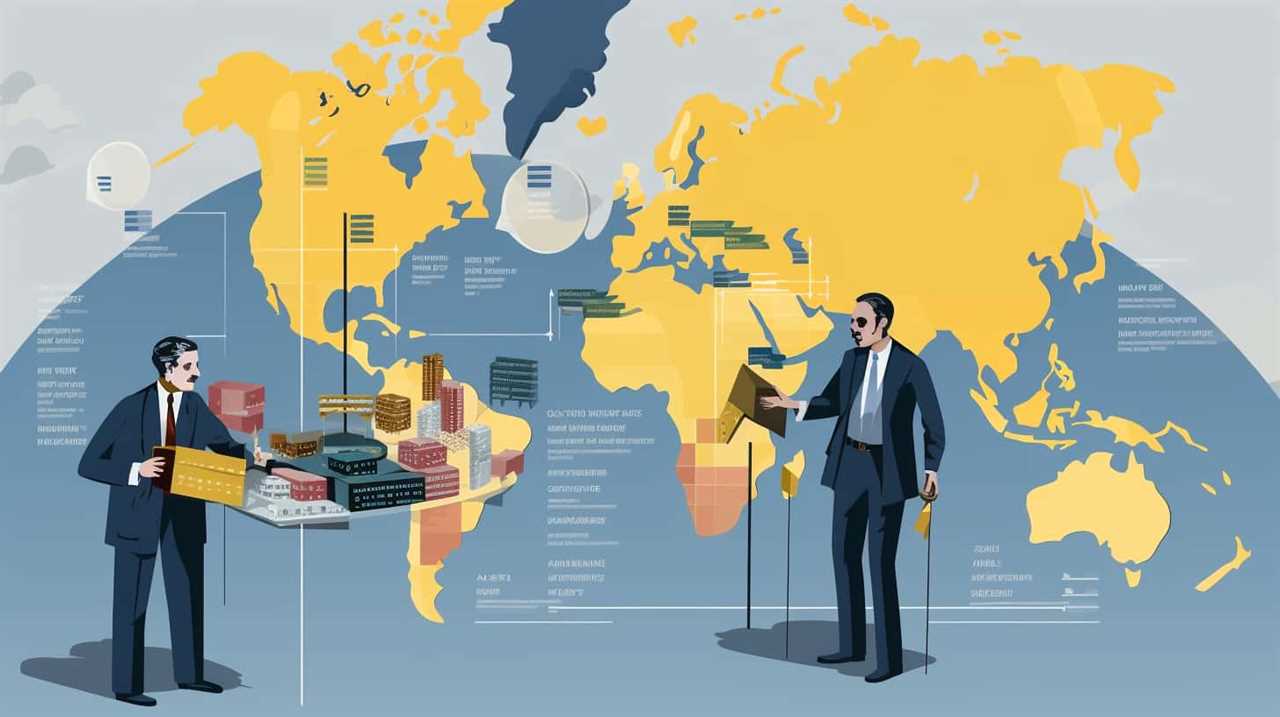
- Loss aversion: Our tendency to fear losses more than we value gains can influence our decision-making. Understanding this bias can help us mitigate its impact and make more rational choices.
- Reference points: Our decisions are often influenced by the reference point we use to evaluate outcomes. By being aware of our reference points, we can make more informed decisions and avoid biases.
- Probability weighting: People tend to overweight small probabilities and underweight large probabilities. Recognizing this bias can help us make more accurate assessments of risks and make better decisions.
Framing and Risk Perception
To delve further into the topic of decision-making under uncertainty, let’s explore the concept of framing and its impact on risk perception within the framework of prospect theory.
Perception biases and decision framing play significant roles in how individuals perceive and evaluate risks. Framing refers to the way information is presented, which can influence how people perceive the same situation or problem.
Prospect theory suggests that individuals are more sensitive to potential losses than potential gains, and this bias affects their risk perception. For example, presenting a scenario as a gain will likely lead to a more risk-averse response, while framing it as a loss may elicit a more risk-seeking attitude.
Understanding these perception biases and decision framing can help individuals make more informed choices and mitigate potential biases in their risk assessment.

Loss Aversion and Gains
Loss aversion and gains play a pivotal role in shaping our decision-making process, according to prospect theory. Understanding this aspect can provide valuable insights into cognitive biases application and behavioral economics. Here are three key points to consider:
- Fear of loss: We tend to be more averse to losing something than gaining the same thing. This bias influences our choices and leads to risk aversion.
- Risk-seeking behavior: When facing potential gains, we’re more likely to take risks. This can be attributed to our desire for increased rewards and the thrill of winning.
- Framing effects: The way a situation is presented can significantly impact our perception of gains and losses. The framing of information can sway our decisions and lead to different outcomes.
Understanding how loss aversion and gains influence our decision-making can help us make more informed choices.
Now let’s explore the concept of anchoring and adjustment bias explained.
Anchoring and Adjustment Bias Explained
The article explores the concept of anchoring and adjustment bias, shedding light on how our judgments and decisions are influenced by an initial reference point. Anchoring bias refers to our tendency to rely heavily on the first piece of information we encounter, using it as an anchor to make subsequent judgments or decisions. This bias can lead to errors in judgment, as it can cause us to be overly influenced by irrelevant information.

Adjustment bias, on the other hand, refers to our tendency to make insufficient adjustments from the initial anchor when new information becomes available. Understanding anchoring and adjustment bias is crucial in decision-making processes, as it helps us recognize the potential pitfalls of relying too heavily on initial information.
By being aware of these biases, we can strive to make more rational and informed decisions. One way to mitigate anchoring bias is by consciously seeking out additional information and considering alternative perspectives. Similarly, to counter adjustment bias, we need to actively challenge our initial assumptions and be open to revising our judgments as new evidence emerges.
The Power of Loss Aversion
Loss aversion is a powerful cognitive bias that affects our decision-making process. As humans, we tend to place more emphasis on avoiding losses than on acquiring gains.
This aversion to losses can lead to risk-averse behavior, as we’re more likely to choose options that minimize potential losses rather than maximize potential gains.

Cognitive Biases and Decisions
When it comes to making decisions, we often fall victim to cognitive biases due to our tendency to avoid potential losses rather than seeking potential gains. Understanding bias and its impact on cognitive decision making is crucial in order to make more informed choices.
Here are three key insights into cognitive biases and decisions:
- Loss aversion: Our fear of losing something is stronger than our desire to gain something of equal value. This bias often leads us to make irrational decisions based on avoiding potential losses, even when the potential gains outweigh the risks.
- Confirmation bias: We tend to seek out information that confirms our preexisting beliefs and ignore or dismiss information that contradicts them. This bias can hinder our ability to make objective decisions and prevent us from considering alternative perspectives.
- Anchoring bias: Our judgments and decisions are heavily influenced by the first piece of information we encounter. This bias can lead to inaccurate assessments and limit our ability to consider other relevant information.
Understanding these biases can help us make more rational and objective decisions, enabling innovation and progress in various aspects of life.
Emotions Driving Choices
As humans, we’re driven by our emotions when making choices, and one powerful emotion that heavily influences our decision-making process is the fear of losing something valuable. This concept is at the core of emotional decision making and the psychology of choice.

When faced with a decision, we often prioritize avoiding losses over acquiring gains. This phenomenon is known as loss aversion, and it has a profound impact on our behavior. Our aversion to losses can lead us to make irrational decisions, as we become overly cautious and risk-averse.
Understanding the power of loss aversion is crucial in designing effective strategies and interventions that can mitigate its influence and guide individuals towards more rational choices.
Now, let’s delve into another aspect of decision-making, risk aversion in investing.
Risk Aversion in Investing
We are heavily influenced by our fear of losing something valuable when it comes to making investment decisions. This psychology of risk, known as loss aversion, plays a significant role in shaping our investment strategies.

Here are three reasons why loss aversion affects our investment decisions:
- Emotional impact: Losses have a stronger emotional impact than gains, leading us to be more risk-averse in our investments.
- Overestimating probabilities: Loss aversion makes us overestimate the probability of negative outcomes, causing us to avoid investments that may have actually been profitable.
- Holding onto losing investments: Loss aversion can lead us to hold onto losing investments for longer than we should, in the hope of avoiding the pain of realizing the loss.
Understanding the power of loss aversion helps us develop more effective investment strategies that balance risk and reward.
Now, let’s explore how the availability heuristic and decision making further shape our investment choices.
Availability Heuristic and Decision Making
One important concept in decision making is the use of the availability heuristic. This cognitive bias refers to our tendency to rely on information that’s readily available to us when making decisions, rather than considering all relevant information. It’s a mental shortcut that allows us to make quick judgments, but it can also lead to errors and biases in our decision-making process.

The availability heuristic works by assessing the ease with which examples or instances come to mind. If we can easily recall instances of a particular event or outcome, we tend to believe that it’s more common or likely to occur. This can lead us to overestimate the probability of certain events and make decisions based on incomplete or biased information.
Understanding the availability heuristic is crucial for effective decision making. By being aware of this bias, we can challenge our initial judgments and seek out additional information to make more informed choices. We can also learn to recognize situations where the availability heuristic may lead us astray and take steps to mitigate its influence.
Overconfidence Bias in Economic Decision Making
The presence of overconfidence bias significantly impacts our economic decision-making process. This cognitive bias, which refers to our tendency to have unwarranted faith in our judgments and abilities, can have profound implications for our financial choices. Here are three key ways in which overconfidence bias affects our economic decision making:
- Excessive risk-taking: Overconfidence bias can lead us to underestimate the risks involved in our financial decisions. This can result in taking on more risk than we can handle, leading to potential losses and financial instability.
- Overestimation of skills and knowledge: Overconfidence bias can make us overestimate our skills and knowledge in financial matters. This can lead to overtrading, making impulsive investment decisions, and relying on flawed strategies, ultimately affecting our financial well-being.
- Ignoring alternative viewpoints: Overconfidence bias can make us resistant to considering alternative viewpoints and information that contradict our own beliefs. This can result in ignoring valuable insights and missing out on potential opportunities for growth and innovation in the financial realm.
Recognizing and mitigating overconfidence bias is crucial for making informed and rational economic decisions. By being aware of this bias and actively seeking diverse perspectives and information, we can enhance our decision-making process and improve our financial outcomes.

Framing Effects and Their Influence on Choices
Framing effects shape our choices by influencing how we perceive and interpret information. These effects have a significant influence on consumer behavior and can be effectively utilized in marketing strategies.
When presented with information, the way it’s framed can have a profound impact on our decision-making process. For example, a product can be presented as ‘90% fat-free’ or ‘10% fat,’ which may lead consumers to perceive it differently. This framing can trigger different emotions and beliefs, ultimately influencing their choice to purchase or not.
Marketers understand the power of framing effects and use them strategically to influence consumer behavior. By carefully crafting the messaging and presentation of their products or services, they can shape how consumers perceive their offerings. This can involve emphasizing the positive aspects, highlighting unique features, or even creating a sense of urgency.
Framing effects also play a crucial role in marketing campaigns. Advertisements that frame a product as a solution to a problem or a means to achieve a desired outcome can be more persuasive. By framing the product in a way that resonates with the target audience’s values and aspirations, marketers can increase the likelihood of consumers choosing their product over competitors’.
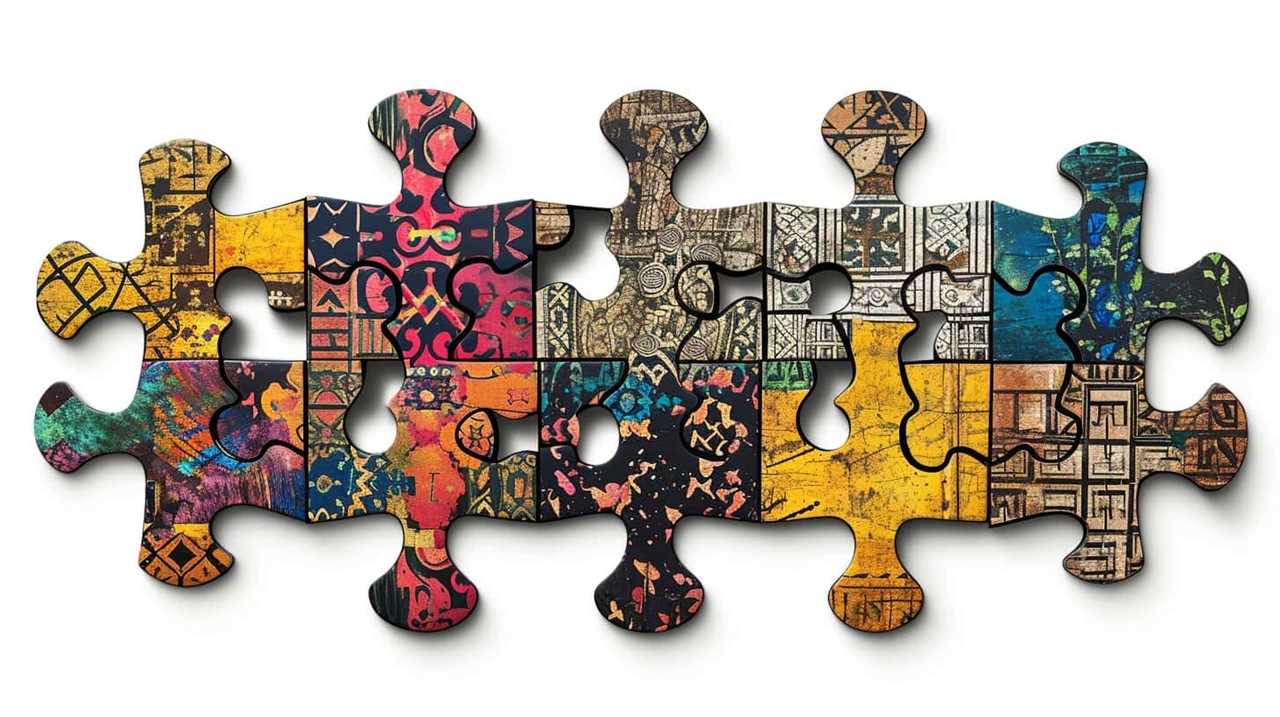
Understanding and leveraging framing effects can be a powerful tool for marketers in influencing consumer behavior and shaping their marketing strategies. By recognizing how framing can shape perceptions and choices, marketers can create more effective and persuasive messages that resonate with their target audience.
The Role of Confirmation Bias in Economic Behavior
Confirmation bias plays a significant role in economic behavior by influencing our decision-making process. It affects how we interpret and seek information that confirms our pre-existing beliefs or preferences, leading to biased judgments and choices.
This cognitive bias has important implications in behavioral economics, as it can hinder rational decision-making and lead to suboptimal outcomes. To overcome confirmation bias, individuals must be aware of its existence, actively seek out diverse perspectives and information, and critically evaluate their own beliefs and assumptions.
Impact on Decision-Making
In our economic decision-making, we often succumb to the influence of confirmation bias, leading us to make choices based on pre-existing beliefs rather than objective analysis. This cognitive bias is particularly prevalent in marketing, where businesses rely on shaping consumers’ perceptions to drive sales.
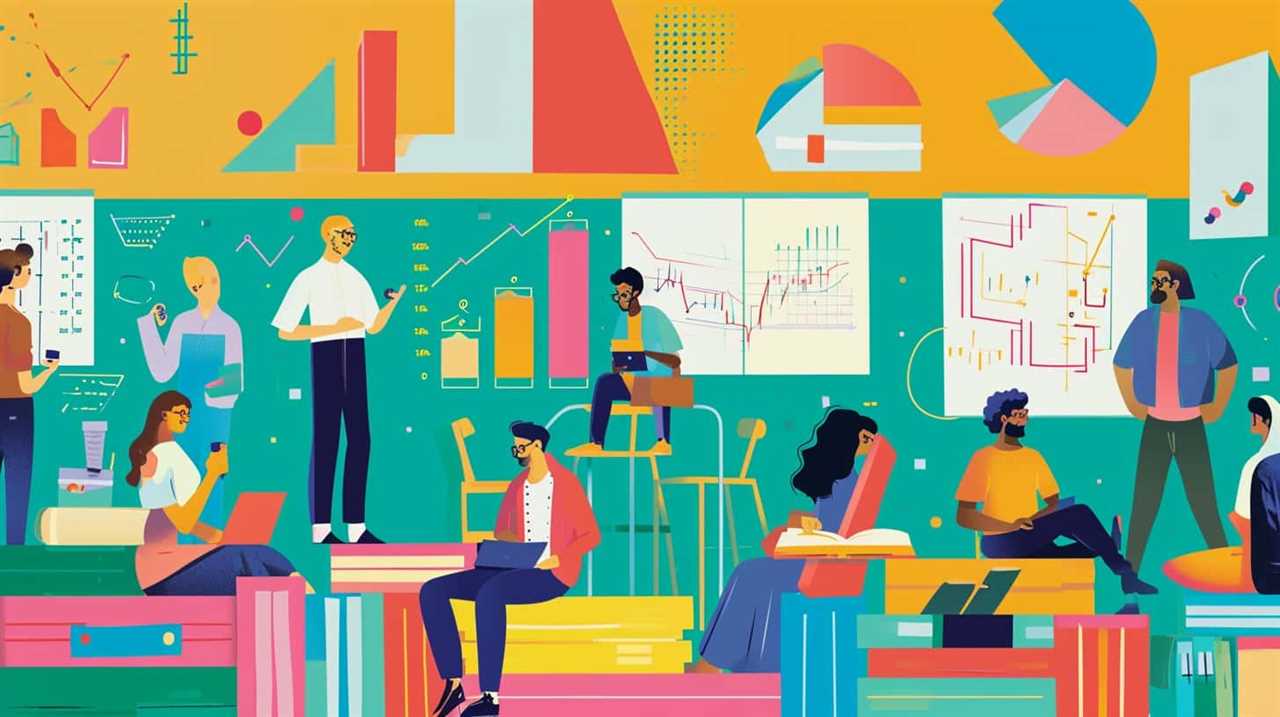
The impact of confirmation bias on decision-making in business ethics is significant, as it can lead to unethical behavior and decision-making that prioritizes short-term gains over long-term sustainability.
To evoke emotion in the audience, consider these three points:
- Confirmation bias can blind us to alternative perspectives and limit our ability to consider diverse solutions.
- It can reinforce stereotypes and perpetuate inequality in decision-making processes.
- Overcoming confirmation bias requires self-awareness, critical thinking, and a willingness to challenge our own beliefs.
Understanding the role of confirmation bias in economic decision-making has profound behavioral economic implications. It highlights the need for strategies and interventions that mitigate the impact of cognitive biases and promote more rational, objective decision-making processes.
Behavioral Economic Implications
When considering the behavioral economic implications of confirmation bias in economic behavior, it’s important to recognize the significant impact it has on our decision-making processes. Confirmation bias, a cognitive bias rooted in our tendency to seek and interpret information in a way that confirms our preexisting beliefs, can lead to distorted perceptions and flawed decision-making.

In the field of behavioral economics, this bias has far-reaching implications. It can influence how individuals perceive and interpret market information, leading to biased investment decisions and market inefficiencies. Additionally, confirmation bias can hinder the adoption of new ideas and innovations, as individuals may selectively seek out information that confirms their existing beliefs and resist change.
Understanding and addressing confirmation bias is crucial for promoting rational decision-making and fostering innovation in the field of economics. By integrating insights from cognitive psychology and behavioral economics, we can develop strategies to mitigate the impact of confirmation bias and enhance economic decision-making processes.
Overcoming Cognitive Biases
How can we overcome cognitive biases that impact our economic behavior?
Overcoming biases and cognitive distortions is crucial for making informed decisions and achieving economic success. Here are three strategies to help tackle these biases head-on:

- Awareness: Recognize the existence of cognitive biases and their potential effects on decision-making. By being aware of these biases, we can actively work to mitigate their influence.
- Information gathering: Gather as much relevant information as possible before making economic decisions. By seeking diverse perspectives and considering different sources of information, we can reduce the impact of confirmation bias and make more rational choices.
- Critical thinking: Engage in critical thinking to challenge our own assumptions and beliefs. By questioning our biases and considering alternative viewpoints, we can make more objective decisions and avoid falling into cognitive traps.
The Impact of Sunk Cost Fallacy on Decision Making
Our understanding of the impact of the sunk cost fallacy on decision making is limited, but research suggests that we tend to overvalue past investments when making choices. This cognitive bias occurs when we consider the resources, time, or effort already invested in a project or decision, leading us to continue investing in it even if it no longer makes rational sense.
The sunk cost fallacy can have significant consequences in both personal and business decision-making. It can result in wasted resources and missed opportunities, as we become reluctant to let go of investments that have already been made. To illustrate this, consider the following table:
| Investment Options | Potential Gains | Current Investment |
|---|---|---|
| Option A | $500 | $1000 |
| Option B | $800 | $800 |
In this scenario, even though Option B offers a higher potential gain, the sunk cost fallacy may lead us to choose Option A because we have already invested $1000. This decision is not based on rational thinking but on an emotional attachment to the past investment.
To overcome the sunk cost fallacy, we need to focus on the future benefits and costs rather than the past investments. By evaluating options based on their inherent value and potential gains, we can make more rational decisions.

Transitioning into the subsequent section about ‘nudging: using behavioral insights for economic policies’, it is important to understand the impact of decision biases such as the sunk cost fallacy in order to design effective strategies for guiding people towards making better choices.
Nudging: Using Behavioral Insights for Economic Policies
To further explore the impact of the sunk cost fallacy, let’s delve into the concept of nudging and how it utilizes behavioral insights to shape economic policies.
Nudging, a key principle in behavioral economics, refers to the use of subtle interventions to guide individuals towards making better decisions. This approach recognizes that people aren’t always rational and that their decisions are often influenced by biases and heuristics.
In the realm of policy implementation, nudging has gained significant attention for its potential to improve outcomes and promote desired behaviors. Here are three ways in which nudging can be used to shape economic policies:

- Default settings: By strategically setting default options, policymakers can influence people’s choices without restricting their freedom. For example, setting organ donation as the default option on driver’s licenses has significantly increased the number of registered donors.
- Framing: The way information is presented can have a powerful impact on decision-making. By framing choices in a certain way, policymakers can nudge individuals towards preferred outcomes. For instance, highlighting the positive aspects of energy-efficient products can encourage consumers to choose them over less sustainable alternatives.
- Feedback and reminders: Providing individuals with timely feedback and reminders can help them stay on track with their goals. For example, sending personalized energy usage reports to households has been shown to reduce energy consumption.
Frequently Asked Questions
How Can Cognitive Biases Impact Economic Decision Making?
Cognitive biases can significantly impact economic decision making. Our minds are prone to certain cognitive errors, which can lead to irrational judgments and choices that deviate from rational economic principles.
What Is the Relationship Between Prospect Theory and Economic Behavior?
The relationship between prospect theory and economic behavior is crucial to understanding how cognitive biases in finance impact decision making. Behavioral economics and investment strategies can benefit from studying this connection for innovative insights.
How Does Anchoring and Adjustment Bias Influence Our Economic Choices?
Anchoring and adjustment bias, a key concept in behavioral economics, significantly influences our economic choices. It refers to our tendency to rely heavily on initial information, or "anchor," and make insufficient adjustments when making decisions.
What Are the Consequences of Loss Aversion on Decision Making in Economics?
Loss aversion, a key concept in behavioral economics, affects decision making in economics by causing individuals to be more risk averse when faced with potential losses. This can lead to suboptimal choices and hinder innovation.

How Does the Availability Heuristic Affect Our Decision Making in Economic Scenarios?
The availability heuristic can significantly impact our decision making in economic scenarios. It influences how we assess risks and probabilities based on readily available information. Additionally, social norms play a crucial role in shaping our economic choices.
Conclusion
In conclusion, Kahneman’s insights and economic philosophies provide valuable lessons for decision making. By understanding cognitive biases such as anchoring, loss aversion, and confirmation bias, we can make more informed choices.
Additionally, the power of framing effects and the impact of sunk cost fallacy remind us to consider alternative perspectives.
Lastly, the concept of nudging highlights the use of behavioral insights in shaping economic policies.

Ultimately, embracing these principles can lead to better decision making and improved outcomes in various aspects of life.
Lauren’s talent in writing is matched by her passion for storytelling. Her love for books and deep understanding of culture and entertainment add a distinct flavor to her work. As our media and press contact, Lauren skillfully bridges the gap between afterQuotes and the broader media landscape, bringing our message to a wider audience.
